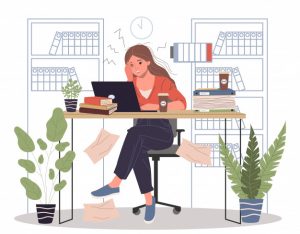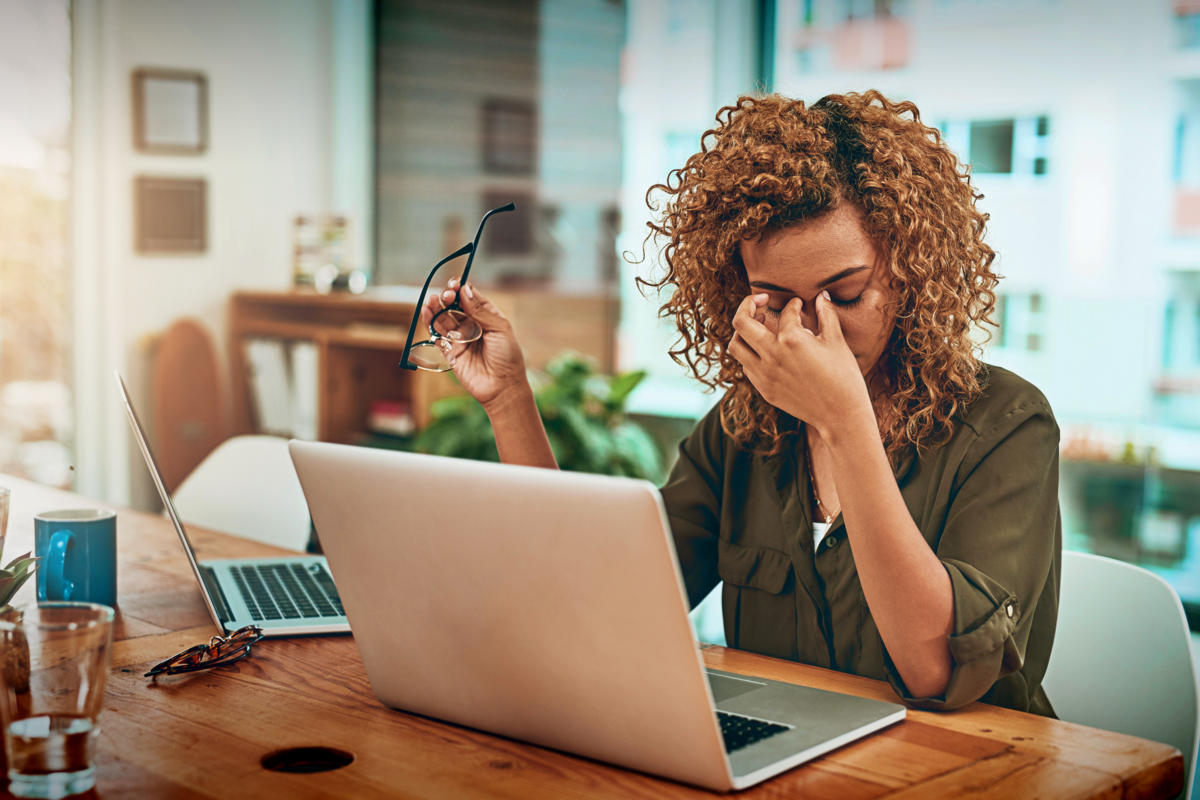You’ve probably lost count of how many Zoom conferences you’ve had since the pandemic began. Since a return to the office seems far fetched, for now, it’s clear that video chats have become part of our new normal. There are so many opportunities for you to use Zoom: For work, on the weekends with your pals, when you’re working out, and even when you’re on a date. And if you feel like you’re totally burnt out after the call even though you haven’t even left the house, you’re not crazy — some experts have even coined the term “Zoom fatigue” to explain the phenomena.
So What is Zoom fatigue?

Since Zoom meetings are heavily focused on face-to-face interactions, they can easily start to feel like they are taking over your life. Zoom fatigue is a unique kind of exhaustion that occurs when people participate in video calls for an extended time period, it’s very different from meeting in person. In video calls, you need to focus on multiple people at one time and each person on a call has a different background that draws your eye, besides this, you need to be able to concentrate without constant collaboration. So even if you’re not talking or currently present in a meeting, you’ll strive to remain approachable and focused, as your camera is on and they can see what you’re up to. Ugh, right?
You may be feeling more overwhelmed, exhausted, irritable than usual, and this could be due to tension in your eyes due to strain of focusing on the screen, aches, and pains in your lower back, neck, or spine, which may be attributed to the way you’re sitting or set up at home.
A few healthy ways to manage Zoom fatigue

While we’d all love to unplug forever, there’s no denying it — Zoom and video conferences are here to stay. Rather than disconnect emotionally from your colleagues or loved ones, try one of these ways to feel more relaxed when taking these calls.
1. Turn the camera off

If you need a break you can turn off the video and listen to the audio for a portion of your calls. Explain that you will be keeping the camera off for a portion of the meeting, or simply dial in for audio-only and continue on with the meeting with a positive attitude.
2. Keep a fixed schedule

Keep the meetings brief, make sure to take comfort breaks to use the bathroom, refill water, or get lunch, and make it clear that you’re on a tight schedule so people know what to expect in terms of length. Tell everyone upfront that you will need to get off right at the said time. In between calls try to get up and walk around outside or inside the home. This will give you some solo time to recharge.
3. Decline invitations when you must

It’s crucial to set boundaries and learn how to say no to meetings or hangouts when you’re feeling drained! Decide how much zoom time is enough for you for the day, you can make an appearance for a few minutes before signing off for some ‘me’ time.
4. Remind yourself that video chats are a great tool

Zoom can be great for a few reasons — it can be accessed from home during this time when going to work isn’t an option, it keeps you connected with people, and it can cut down on money or time you’d spend for a night out. You can use this free time you normally spend commuting on your family, hobbies, exercising, cooking, etc.
5. Have fun with it!

Video calls give you the opportunity to have real conversations instead of staring at slide presentations to communicate ideas. You can send questions to the group ahead of time and arrange a discussion instead of asking each person to prepare slides. It gives you a chance to celebrate birthdays, achievements, and much more with your team and friends.
Those are only just a few ways to turn Zoom fatigue into an excuse for a celebration!

